
Lily turns the tables on her grandmother by asking what she would like to be when she grows up–which Lily is certain Grandma has not yet done.

Lily turns the tables on her grandmother by asking what she would like to be when she grows up–which Lily is certain Grandma has not yet done.
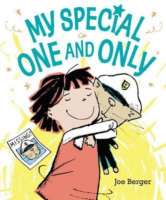
When Bridget Fidget takes her favorite toy, Captain Cat, with her to a store to spend the golden coin the tooth fairy brought, she loses him.
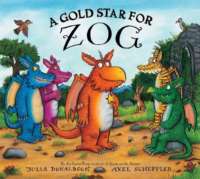
Each year, as Zog practices new skills learned at Madam Dragon’s school, a little girl helps him out until one day he finds a way to help make her dream come true for herself, a new friend, and Zog.
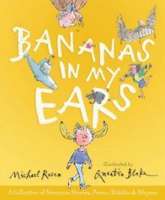
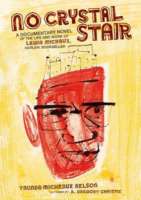
A documentary novel of the life and work of Lewis Michaux, Harlem bookseller
‘You can’t walk straight on a crooked line. You do you’ll break your leg. How can you walk straight in a crooked system?’
Lewis Michaux was born to do things his own way. When a white banker told him to sell fried chicken, not books, because Negroes don’t read,’ Lewis took five books and one-hundred dollars and built a bookstore. It soon became the intellectual center of Harlem, a refuge for everyone from Muhammad Ali to Malcolm X.
In No Crystal Stair, Coretta Scott King Award-winning author Vaunda Micheaux Nelson combines meticulous research with a storyteller’s flair to document the life and times of her great uncle Lewis Michaux, an extraordinary literacy pioneer of the Civil Rights era.
‘My life was no crystal stair, far from it. But I’m taking my leave with some pride. It tickles me to know that those folks who said I could never sell books to black people are eating crow. I’d say my seeds grew pretty damn well. And not just the book business. It’s the more important business of moving our people forward that has real meaning.’
See the review at WOW Review, Volume 5, Issue 1
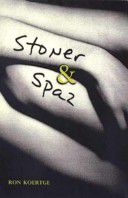
A troubled youth with cerebral palsy struggles toward self-acceptance with the help of a drug-addicted young woman.
See the review at WOW Review, Volume 5, Issue 1

In the summer of 1968, after travelling from Brooklyn to Oakland, California, to spend a month with the mother they barely know, eleven-year-old Delphine and her two younger sisters arrive to a cold welcome as they discover that their mother, a dedicated poet and printer, is resentful of the intrusion of their visit and wants them to attend a nearby Black Panther summer camp.
See the review at WOW Review, Volume 5, Issue 1
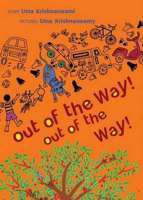
A young boy spots a baby tree growing in the middle of a dusty path in his village. He carefully places rocks around it as the local mango seller rushes past shouting, ?Out of the way! Out of the way!” As the tree grows bigger, people and animals traverse the path until it becomes a lane, flowing like a river around the tree and getting out of its way. Over time, the lane becomes a road, and a young man crossing the road with his children remembers the baby tree from long ago. By the time he is an old man, the tree has become a giant. The city traffic continues to rattle past, noisier and busier than ever, but sometimes the great tree works its magic, and people just stop, and listen. In this simple, lyrical story, a wide-spreading tree and a busy road grow simultaneously, even as time passes and the footsteps of people and animals give way to speeding cars, buses and trucks.
See the review at WOW Review, Volume 5, Issue 1
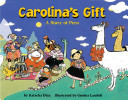
Today is a very important day! It is market day, and Carolina and her mother are going to the plaza to find a birthday gift for Carolina’s abuelita, or grandmother. But there are so many things to see and so many gifts to choose from! Would Abuelita like a pretty hat? No, these hats are not for Abuelita. Would Abuelita like a bird that chirps and sings? No, a bird might keep Abuelita up when she is trying to sleep at night. Finally, Carolina finds the perfect gift! Won’t Abuelita be surprised?
See the review at WOW Review, Volume 5, Issue 1
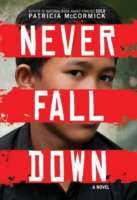
Cambodian child soldier Arn Chorn-Pond defied the odds and used all of his courage and wits to survive the murderous regime of the Khmer Rouge.
See the review at WOW Review, Volume 5, Issue 1